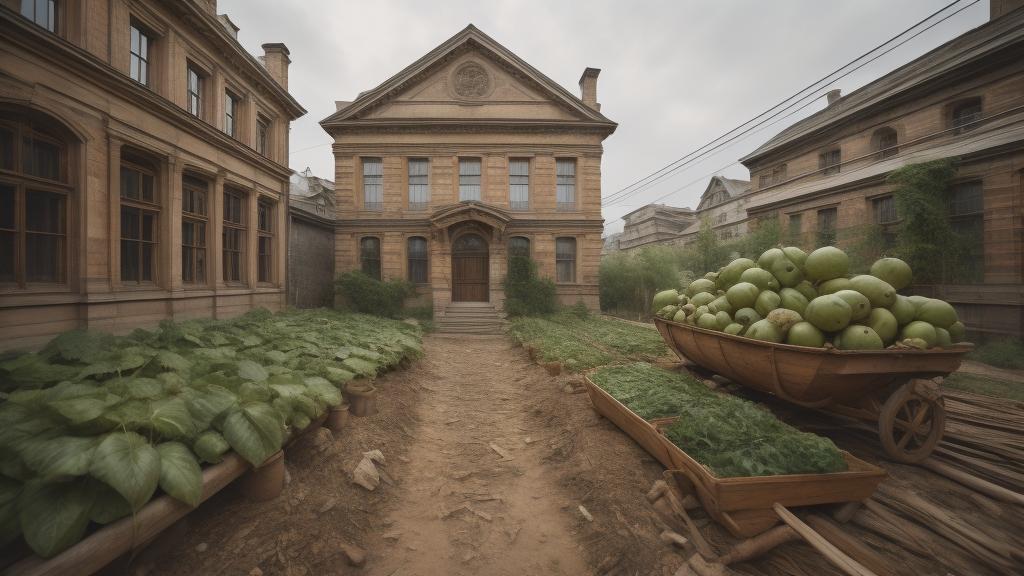In the enchanting world of home renovation, few projects are as rewarding as breathing new life into a vintage home. These gems offer a nostalgic glimpse into the past, boasting character elements like crown moldings, original woodwork, and quaintly creaky floors that tell irreplaceable stories of yesteryears.
The challenge, and indeed the opportunity, lies in updating these homes to meet contemporary standards while preserving their unique character. In this article, we delve deep into the delicate dance of modernizing vintage homes, ensuring they are as functional as they are charming.
### Understanding Historical Integrity
Before embarking on any renovation journey, it's crucial to understand the historical significance of your home. Whether it's a mid-century modern marvel, a Victorian abode, or a craftsman house, each architectural style has its own set of defining characteristics.
Research is your best friend here. Delve into architectural books or consult local historians who can shed light on the era-specific features of your home. This understanding will guide your renovation choices, helping you decide what elements are sacrosanct and which can be tweaked for modern appeal.
### Prioritize Structural Updates
As charming as old houses are, they often come with a host of structural issues that need addressing. Before you think about aesthetics, check the foundations, roofing, plumbing, and electrical systems. Many vintage homes were not built with the same safety standards we rely on today.
Bringing these elements up to code should be the first step in your renovation project. This foundation not only ensures the safety and durability of your home but also grants you the peace of mind to focus on more creative aspects later.
### Embrace Energy Efficiency
Vintage homes, while beautiful, are notorious for being energy inefficient. Windows that let in drafts, inefficient heating systems, and a lack of insulation are commonplace.
Upgrade your home to be energy-efficient while maintaining its charm by opting for double-glazed windows designed to replicate the original styles. Install modern HVAC systems that can invisibly blend into the background, leaving your home more comfortable and sustainable without sacrificing aesthetics.
### Maintain Character with Modern Touches
The soul of a vintage home often lies in its details — intricate woodwork, stained glass, period light fixtures, and other unique characteristics.
During renovations, strive to maintain these elements. Refinish rather than replace original hardwood floors and restore delicate stained glass features. Pair these with carefully chosen modern additions like minimalist light fixtures or sleek furniture to create a harmonious blend of old and new.
### Kitchen and Bathroom Renovations
Kitchens and bathrooms are often the most challenging and expensive parts of a home to renovate, yet they significantly impact the livability and resale value.
In these spaces, aim for clean lines and efficiency but maintain period charm by incorporating vintage-style faucets, lighting, and cabinetry. Choose neutral color palettes that highlight original features, ensuring these rooms feel cohesive with the rest of your home.
### Seek Professional Guidance
The path to modernizing a vintage home can be fraught with unexpected challenges. Engaging with professionals who specialize in historical renovations can be invaluable.
Architects and designers with experience in blending the old with the new can offer insights, prevent costly mistakes, and even help you uncover hidden gems within your home that might otherwise go unnoticed.
### Mind the Landscaping
A vintage home doesn’t only consist of the building itself; the surrounding landscape plays a pivotal role in its overall aesthetic. Retain or recreate period-appropriate gardens and pathways that complement your home's age and style.
Incorporate heirloom plants and heritage-inspired fencing to echo the past even in your outdoor spaces, creating a seamless experience from interior to exterior.
### Stay True to Your Vision
Renovating a vintage home means listening to both the whispers of the past and the demands of the present. It is an artful negotiation that demands patience, creativity, and a sharp eye.
As tempting as it may be to dive fully into modern conveniences, remember that the charm of vintage homes lies in their imperfections, in the stories each scratch and dent carries.
In conclusion, the journey to modernize a vintage home is as much about discovering the stories hidden within its walls as it is about updating its structure. By approaching renovations with respect for the past and an eye on the future, one can reinvigorate these historical jewels, ensuring they are cherished for generations to come.
Reviving Vintage Homes: A Guide to Modernizing without Losing Charm

